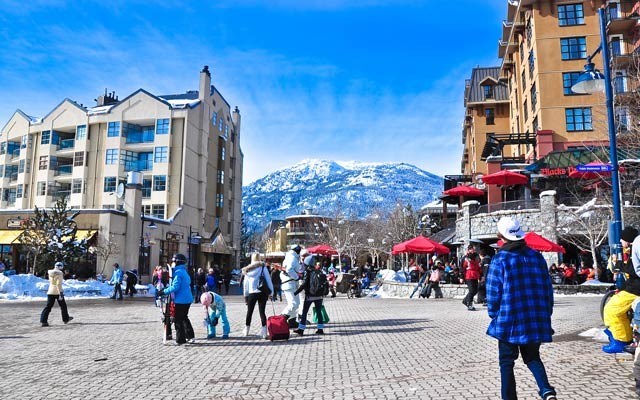This past year we have had several key reports released to the community for consideration.
They include the Whistler Community Cultural Plan, the Recreation and Leisure Plan, the Learning and Education Plan Initiative, and this week, the draft Economic Partnership Initiative (EPI) Report.
Each one represents a piece of the whole strategy to keep Whistler a thriving place to do business and a thriving place to call home — indeed these two concepts are noted in the plans, sometimes explicitly, always implicitly.
While each of the reports is important ,it is the EPI that is the real heavy hitter. Armed with information from this report, mayor and council met with provincial politicians at the recent Union of BC Municipalities conference to make the case that Whistler is a key economic driver in the province.
What makes the report powerful on so many levels is that it is based on shared information between resort partners: Whistler Blackcomb shared its visitor demographics and trends and helped assess the competitive market, the chamber shared business and labour trends and costs, Tourism Whistler shared it's extensive key market trends and visitor expenditures and the RMOW shared community demographics on every level — at last a complete picture.
I'm not suggesting that all these groups didn't talk to each other before, but the report is based on formalized exchanges over more than a dozen meetings that focused on shared goals and understanding.
Here are just a few of the statistics that stand out:
• 85-90 per cent of consumer spending ($1.1 billion) is generated by visitors;
• Whistler generates $1.1 million a day in tax revenue;
• Whistler represents 22.5 per cent of the tourism export revenue of the province;
• destination visitors are responsible for 68 per cent of the total commercial sector spending. Regional visitors are 19 per cent;
• destination visitors spend $265 a day on average annually, and if you take just winter destination visitors that goes up to $350 a day;
• restaurant and pub spending represents a third of commercial sector spending, recreation is a quarter, and accommodation is 19 per cent;
• our average daily population is actually 28,000 even though only 10,000 people actually live here.
Whistler Blackcomb's Dave Brownlie sums it up by saying, "When you really get into it and understand those drivers of the resort it becomes very clear where we're going to get the big wins.
"What I hope to see is with a clear understanding of people within the community on how to drive the economy and where to add value."
Clearly Whistler wants those destination visitors and it needs to maintain itself as the place to come to vacation — winter or summer.
The Canadian Tourism Commission tells us that overseas visitors outspend the domestic traveller 5:1 — yet we cannot escape the fact that regional visitors, even domestic visitors, are growing in numbers — and we are happy to have them.
Indeed, many have said a secret thanks for these loyal visitors, happy to grow those numbers as the recession of 2008 kept its chokehold on discretionary spending globally.
So what is the plan according to the EPI report, which in many ways is the call to action for the next year, as we head to municipal elections in Nov. 2014 (using both RMOW budget and funds from the province to grow tourism).
There is $1.5 million to be spent on sprucing up the resort — tied in with Whistler 3.0, the rejuvenation of the village. There will also likely be money spent at the entrance to Whistler to make it more welcoming — good idea to have something nice there for visitors caught in the bumper-to-bumper traffic as the two-lane highway turns into one lane at a traffic light.
And $3.16 million is to go to the Festivals, Events and Animation program — that includes sizable funding for a new "homegrown" festival for the May long weekend, which is to be used to kick off summer programming and kick out the rowdies that annually plague the resort at that time.
With 60 action items the EPI report covers a lot of ground — only time will tell if the actions end up speaking louder than the words.
Surely that is the hope.
Perhaps that is why Whistler's councillors were so quiet this week at their regular meeting when the plan was revealed to their constituents?




